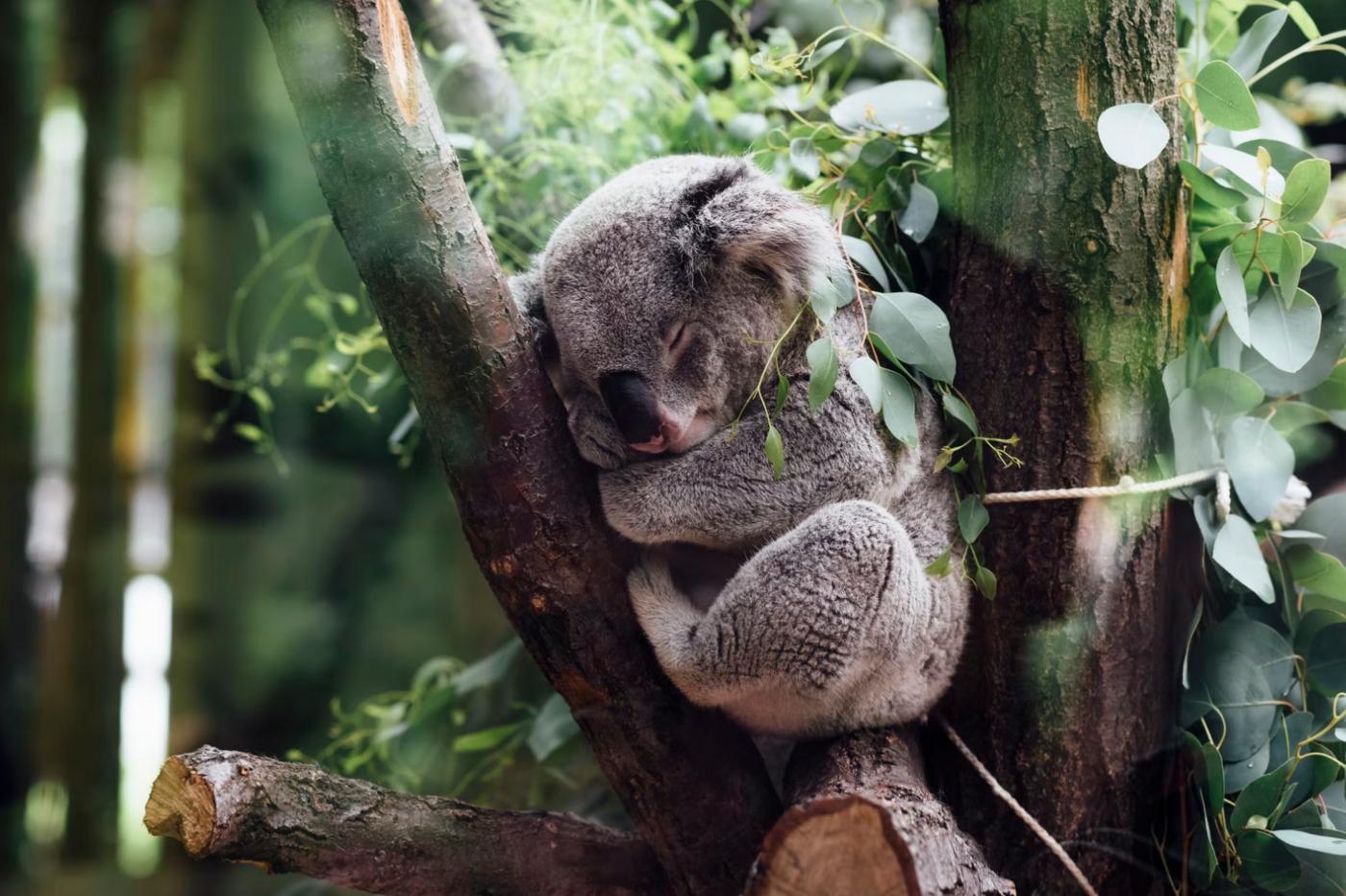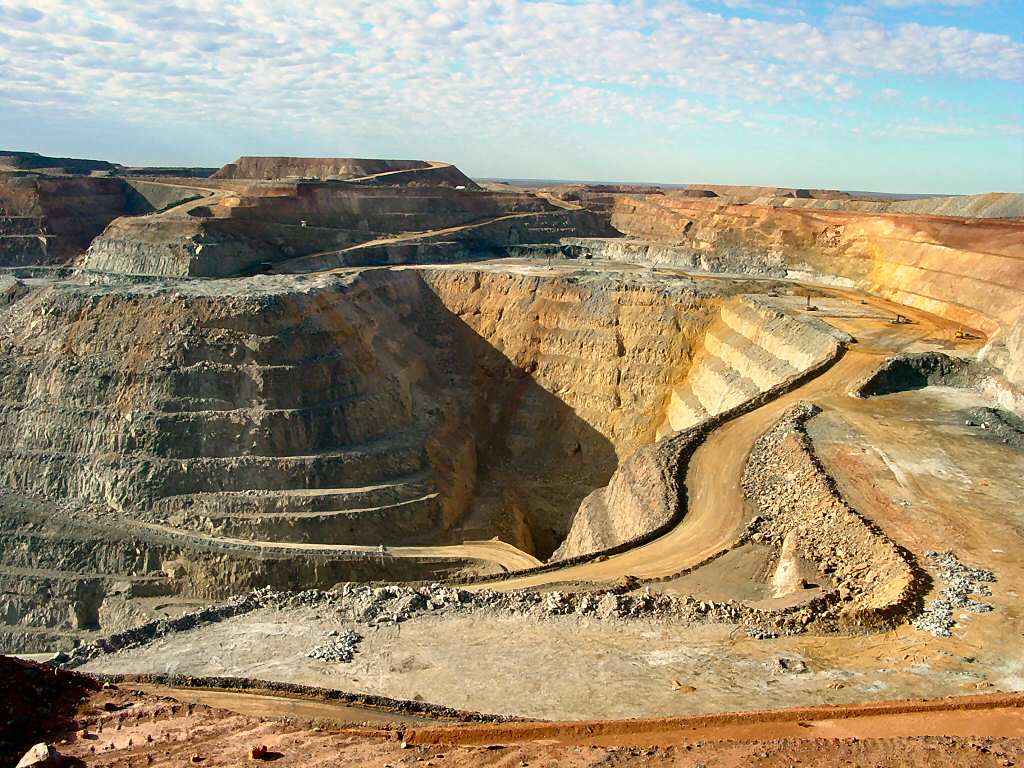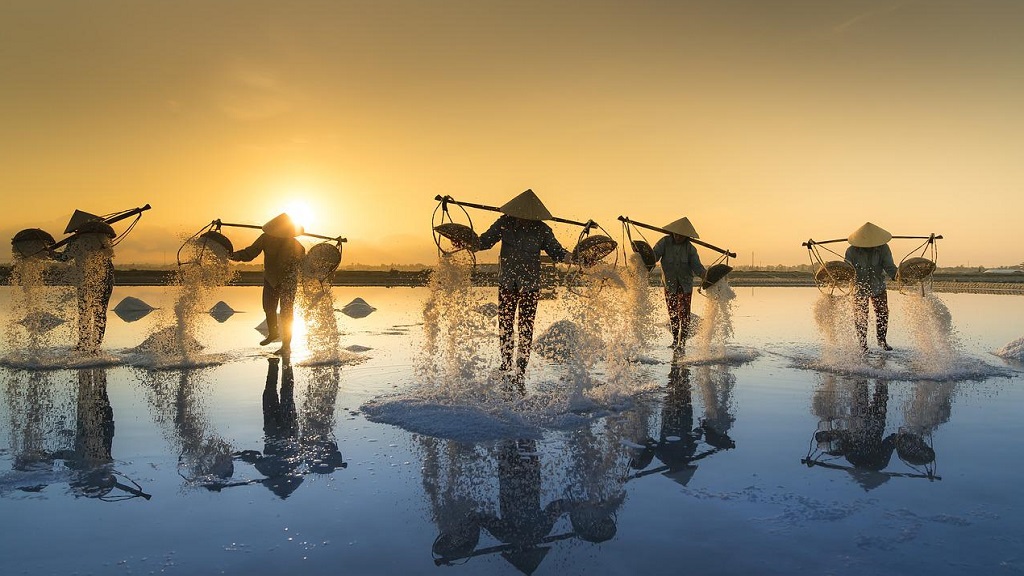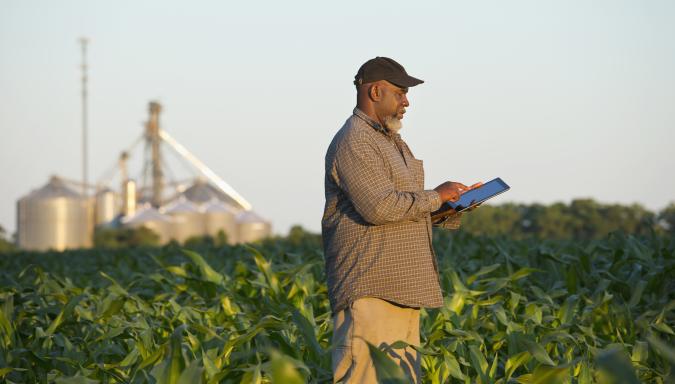
The population of these iconic little marsupials continues to decline due to mining, global warming and disease.
Once again, sad news reminds us of the deplorable state in which some of our ecosystems find themselves; the Australian authorities have just declared that the Koala, this small emblematic marsupial of the island, would henceforth be classified as an endangered species in three of the six states of the country (Queensland, New South Wales and Australian Capital Territory).
This decision is a response to requests from many local institutions and organizations. They have castigated the government’s inaction vis-à-vis this national emblem for several years; indeed, these groups have seen a sharp and steepening decline in koala populations. A heartbreak, while they were still present in abundance quite recently.
This trend which particularly worries researchers; According to the largest koala conservation group quoted by the BBC, he could stay less than 50,000 koalas wild. A particularly alarming finding for Stuart Blanch, a scientist affiliated with the Australian branch of WWF. “Koalas went from being animals with no particular status to being a vulnerable species, then protected in less than a decade”, he explains. “It’s shocking how fast this decline has been”, he laments.

Disease, industry and global warming
Observers say they are suffering from the decline of their natural habitat. For years, the latter has been ravaged by the fallout from huge Australian mining operations and global warming. These poor marsupials have found themselves in an ecological cul-de-sac in the space of just a few years; they have to face the drought, disease, fires and other climatic hazards, to name but a few.
Indeed, Australia is known for its highly developed mining industry. In some areas, especially on the east coast and in the west, there are many ore deposits; the Australian subsoil is full of resources such as gold, iron, lead, nickel, zinc… To take advantage of this, operators dig huge quarries that stretch as far as the eye can see. And quite often, this results in the destruction of the koalas’ natural habitat.
Koalas are also suffering from the consequences of global warming. For example, they were among the first victims of the gigantic fires which ravaged a large part of the territory during the terrifying 2019-2020 season.
But industry is far from the koalas’ only concern. These are also real Noah’s arks with various and varied pathogens, and therefore have to deal with particularly tenacious diseases. Very many individuals are thus carriers of an incredible number of micro-organisms that are harmful to their health. These include ticks, KoRV (a form of retrovirus, like HIV) or Chlamydia pecoruma micro-organism that causes a whole range of deleterious symptoms such as encephalomyelitis, arthritis, conjunctivitis, etc.
The formalization of this status is good news for their conservation. But unfortunately, it will not be enough on its own. “It’s a welcome move, but it won’t keep koalas from getting closer to extinction until legislation gives owners a reason to act to conserve their habitat.” explains Stuart Blanch.



